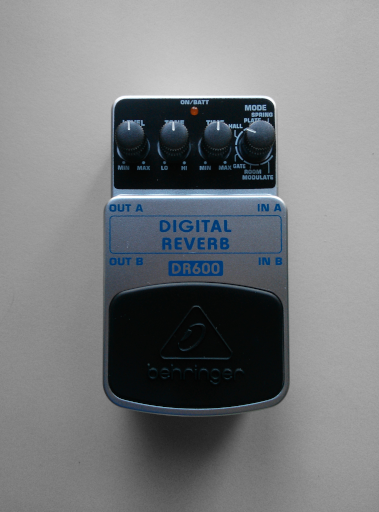As audio equipment has changed over the years, so has the ability to produce higher quality sounds. When I say higher quality, I mean less background noise (white noise), or just more realistic, or normal sounding audio. I don’t know if you’ve ever used a cheap microphone, but often they tend to make your voice fuzzy, muted, and there is a lot of extra, often unwanted noise. This Lo-Fi (low fidelity or low quality audio) sound, just like with old TV shows, video games, or T-shirts has become retro. It has become a recognizable sound that is used all over in the music world, and there are whole genres built around Lo-Fi music. Another example of lower quality sounds being used is rock with it’s distorted (extreme audio clipping) guitars. Here are two ways to incorporate lower quality sounds to actually enhance a song and not detract from it if done right.
The first is, as I mentioned, distortion on a guitar. Probably everyone who listens to music has heard a distorted guitar at some point, and equates that sound as what a normal guitar sounds like not realizing it’s an audio effect. Here is a song that I made with distorted guitar in it: On the Horizon (from my Neon Mist album). One thing to keep in mind is that it is easy to over do the distortion and drown everything else out which might not always be what you’re going for.
Another low fidelity effect is a Vinyl emulator. It just adds the crackle and pop of a vinyl record as nice background sounds. A song I made with this Lo-Fi sound is: H2O (from my Chill Zone album).
